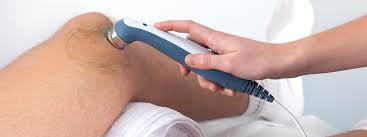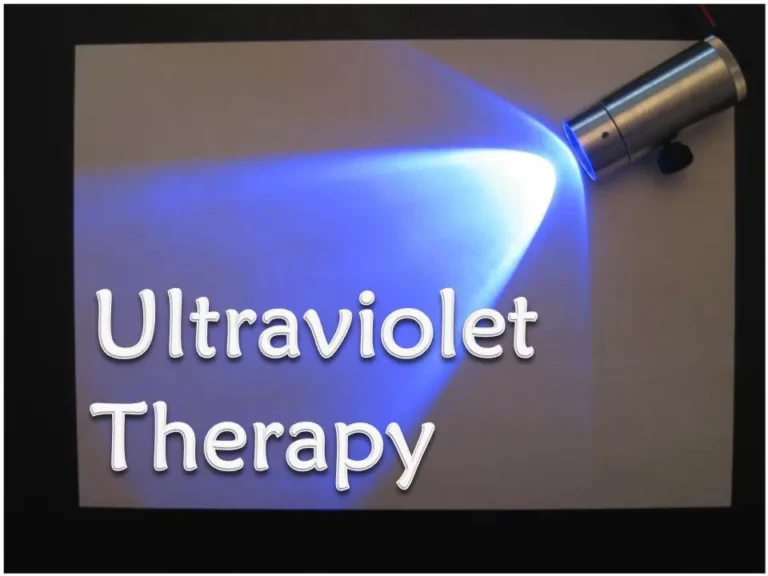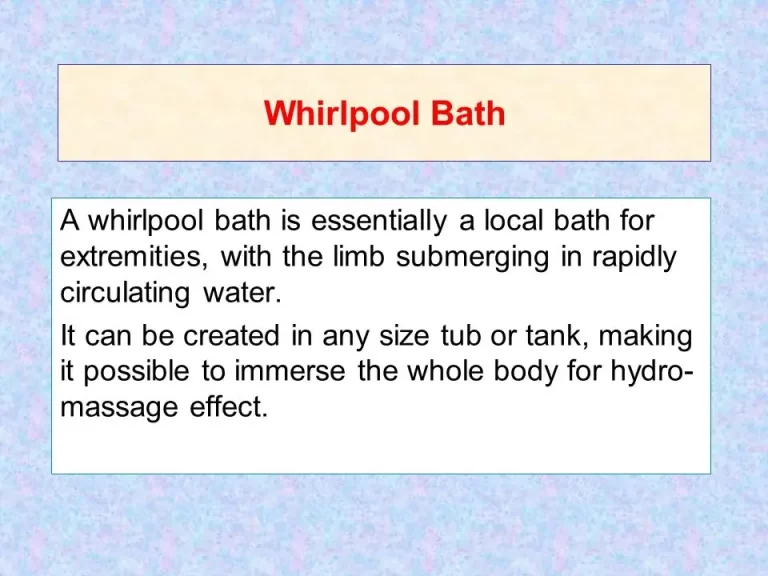Use of Electrical Stimulation in Physiotherapy
Table of Contents
Introduction:-
~Neuromuscular electrical stimulation (NEMS) is the use of electrical stimuli on a group of muscles with the objective of rehabilitating the injured muscle or stroke-affected area.
~Helps restore muscle function.
~Help reduce muscle spasm and pain.
~Minimizes muscle atrophy.
~Highly effective for muscles weakened from stroke or injury.
~Improves damaged tissue.
~Considered safe and effective for older adults.
What is NEMS?
~NEMS is primarily used by physiotherapists as a form of rehabilitation treatment after injury, stroke, or other incident that results in loss of muscle function.
~~During a physiotherapy treatment, electrodes are placed on the skin over the targeted muscles. NEMS passes safe electrical impulses through the area.
~This process is done to stimulate the nerves in the muscle. This helps to restore the communication between the brain and the muscular system in such a way at your muscles are ‘retrained’ to function normally again.
Why NEMS?
~Neuromuscular electrical stimulation or NEMS therapy is very effective for preventive post operative muscle degeneration or for rehabilitation of strained and numb muscles following an injury or stroke.
~NEMS therapy is the application of a very low level electrical current to a particular area on the body that needs muscle strengthening and pain relief.
~Through electrical frequencies, these muscle groups are made to contract, which works to strengthen the target muscle group. There is no discomfort or pain in the treatment, except for the mild tingling sensation.
~Neuromuscular electrical stimulation prevents muscle atrophy (degeneration) which allows patients to resume their usual activities rapidly than expected.
~For those who have become weak and unable to walk due to loss of muscle mass, neuromuscular electrical stimulation can be a great option. NEMS can be very effective in treating damaged tissue, reducing muscle pain and spasms.
~Neuromuscular Electrical Stimulation or NMES uses a device that sends electrical impulses to nerves. This input causes muscles to contract. The electrical stimulation can increase strength and range of motion, and offset the effects of disuse. It is often used to “re-train” or “re-educate” a muscle to function and to build strength after a surgery or period of disuse.
~Neuroprosthetics/Functional Electrical Stimulation refers to the use of electrical stimulation during a task. This can include walking or using an arm to reach.
~For example, “foot drop” is a common problem for a child with a neurological injury. The child has difficulty picking up his or her toes when walking. This may result in decreased walking speed, decreased step length, and tripping.
~FES can be applied to the muscles that lift the foot at the correct time during the walking cycle, which can help the child to lift and clear the foot when walking. This may result in increased strength of those muscles and increased range of motion at the ankle joint. FES can also improve safety, ease, and efficiency with walking.
~NMES or EMS is the use of electrical impulses to stimulate muscles and elicit muscle contraction. NEMS is commonly used in patients who have gone through a period of immobilization such as fractures and surgeries. It is used as a rehabilitation tool to assist patients in activating weak muscles during or immediately after immobilization and before they can engage in other forms of strengthening exercises.
Use:-
~In recent years, NMES has been used in strength training protocols for healthy individuals or athletes and for a speedy recovery after sports injuries.
~NMES also is used for testing purposes and to evaluate the function of neural and muscular structures.
~The impulses are delivered through skin and by electrodes attached to the muscles being stimulated and cause the muscle to contract.
Who Benefits from NMES?
~Patients who have suffered complex injuries and have been immobilized for a long period of time, lose their muscle mass and the ability to activate muscles. NMES is a valuable modality in stimulating specific muscle or muscle group and in rehabilitation protocols for these patients.
~EMS is also used in post- operative physiotherapy for the purpose of muscle re-training or re-education. Prolonged inactivity, weakens the brain and nervous system connection to muscles.
~This connection strengthens through repetitive activation of the muscle while proper form is maintained to increase patient’s awareness of proper muscle activation.
~Treatment sessions are usually between 10 to 15 minutes. The impulse should be strong enough to generate visible muscle contraction, therefore the sessions might be slightly uncomfortable but they should not be painful.
~Russian stimulation is one form of NEMS and is used to activate and strengthen muscles pre operation or after a surgery to help to improve the muscle activation.
This report, part 2 of a two-part case report on the clinical use of neuromuscular electrical stimulation (NMES) for children with cerebral palsy, documents the functional changes that occurred with the application of NMES to the upper extremity of two children, 1.6 and 6.7 years of age, with hemiplegia due to cerebral palsy.
The NMES was used as an adjunct to a dynamic-systems, task-oriented physical therapy program. The youngest child showed immediate improvement in the ability to crawl and use both hands together. The older child demonstrated increased sensory awareness and use of the nonfunctional hand. Preliminary findings suggest that NMES may be a useful physical therapy tool for enhancing muscle strength, increasing sensory awareness, and assisting motor learning and coordination.






3 Comments